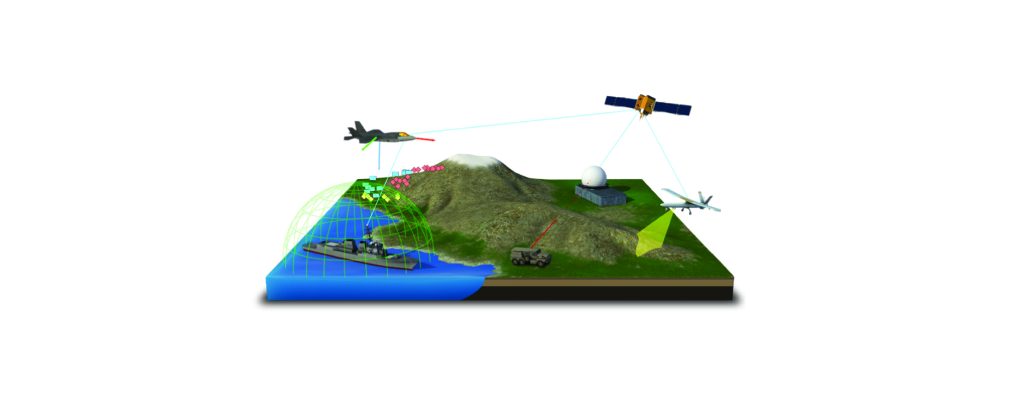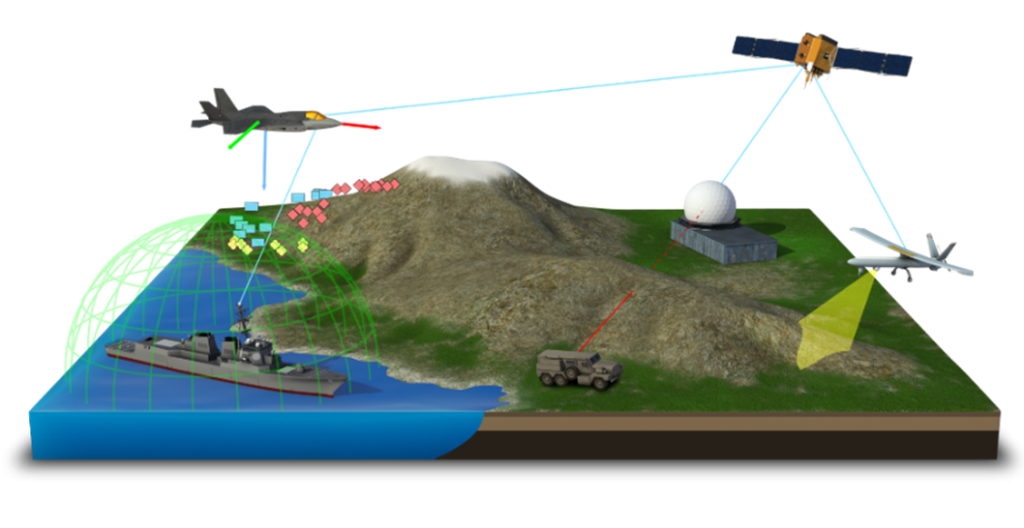
Antenna design is critical to next-generation communication systems, ensuring optimal performance in extreme environments like space, battlefields, and dense urban areas. This dynamic field drives breakthroughs in satellite networks and radar tech. Engineers use advanced tools like STK (Systems Tool Kit) and HFSS (High-Frequency Structure Simulator) to craft efficient, resilient antennas with precision. These tools simulate real-world conditions, enabling engineers to minimize interference, extend range, and enhance operational efficiency. This article explores how integrating STK and HFSS revolutionizes antenna design for high stakes missions.

Figure 1. STK’s GUI enhances user experience.


Figure 2. Simulates antenna radiation patterns in HFSS.
The integration of STK and HFSS transforms antenna design by combining mission-level modelling with precise electromagnetic simulations. This approach enables engineers to develop high-performance antennas, meeting evolving technical requirements while enhancing efficiency and innovation in communication technologies.
HFSS generates highly detailed electric field data, providing real and imaginary components for precise antenna radiation analysis. This data ensures accuracy and consistency, making it ideal for integration with STK for mission-based simulations. This data can be imported as a .ffd file into tools like STK to visualize antenna radiation in realistic environments.

Figure 3. Import the antenna pattern into STK.

Figure 4. Real -World Applications
The Integration of STK and HFSS delivers an innovative solution for designing high-performance antennas in mission-critical applications. By merging system-level simulations with advanced electromagnetic modelling, engineers can refine designs for superior performance, speed, and cost-efficiency. This integration accelerates innovation in aerospace, defense, and telecommunications, shaping the future of scalable, high-performance communication systems.